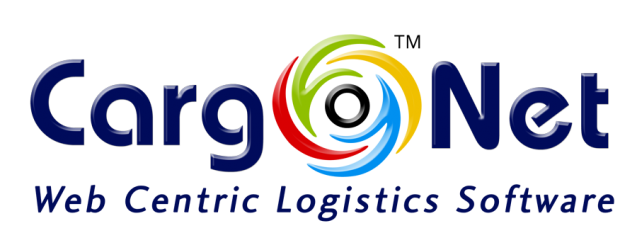MENUMENU
- Finance
-
-
Aging Details
-
-
-
Voucher
-
-
-
Profit and Loss
-
-
-
Other Reports
-
-
-
-
GST Reports
-
-
-
-
- Sea Export
-
-
BL REPORT
-
-
-
MANIFEST
-
-
- Sea Import
-
-
Certificate
-
-
- Air Export
-
-
Manifest
-
-
-
Draft Report
-
-
- Air Import
- Transport
- WareHouse
Menu


